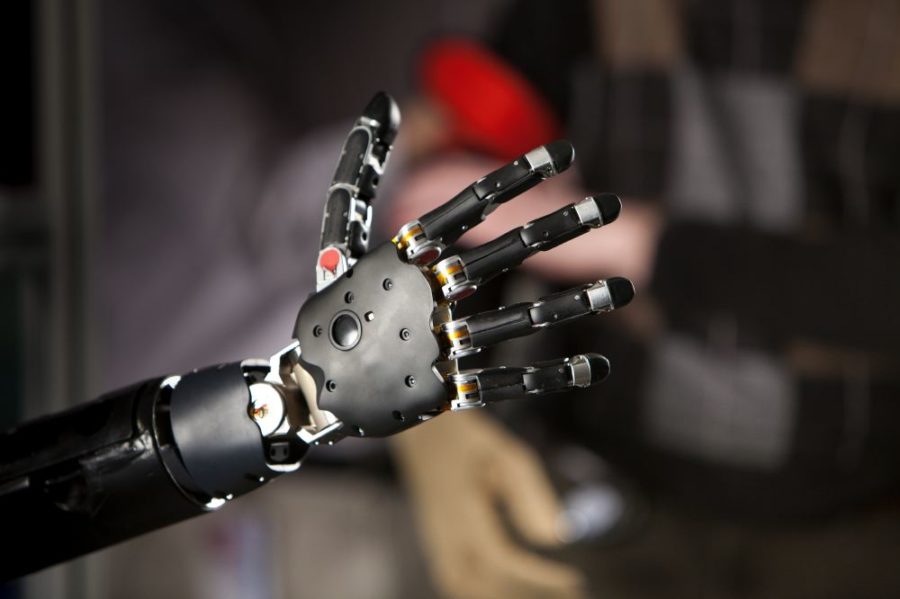Advances in Prosthetics
April 19, 2018
The perception of disability develops on two fronts: how disabled people view themselves, and how others view the disabled. Specifically when talking about a missing appendage, the disability itself is highly visible to the outside world. When an amputee looks in the mirror, what do you think they see? What thoughts run through their mind? Having a component missing that is so important to the human experience, such as an entire limb, is enough to make someone rethink their identity. I personally could not imagine the feeling. That is how unthinkable it is to lose an arm or leg.
How we, as a society, view and treat this group of the population also becomes a part of their “handicap” experience. When I say “disability” or “amputee,” what are the first thoughts that come to mind? Many of us jump to the assumption that disability means that the disabled individual is less capable than the average human being. Perhaps we think of the disabled population as having less function than the average person. In the past, this would be a painful but accurate truth. Amputees’ and paraplegics’ limitations were set by the ineffective prosthetics that were provided to them by the technology at the time. However, technology is rapidly advancing and the age of ineffective prosthetics is about to become old news.
There is something really important happening in the field of biomechanics that deserves our attention. What happens when the time comes that prosthetics can be designed to exceed the capabilities of the average human body? I’m talking faster, stronger, and better better in every sense of the word. Technology is evolving quickly now to where that point is achievable in the near future. When advanced prosthetics begin to surpass average human capability, amputees and society both will begin to change what they think of disability.
Hugh Herr is a pioneer of the modern, advanced prosthetics. He currently heads biomechatronics group at MIT. The story behind him is truly awe-inspiring and really research this issue.. At the young age of eight, he was quickly regarded as one of the best rock climbers of his age group. One day, he was climbing a treacherous mountain and fell into a gulf. Him and his fellow climber were stuck in temperatures below zero for three nights. Finally, they were rescued. However, Hugh Herr was amputated below both of his knees.
Several months later, he decided to do what the doctors said would be impossible. He engineered two bionic legs for himself. He went back to that same mountain in even harsher conditions and reached the summit. Herr proved that you do not have to have two legs to perform at the level of a professional climber.






